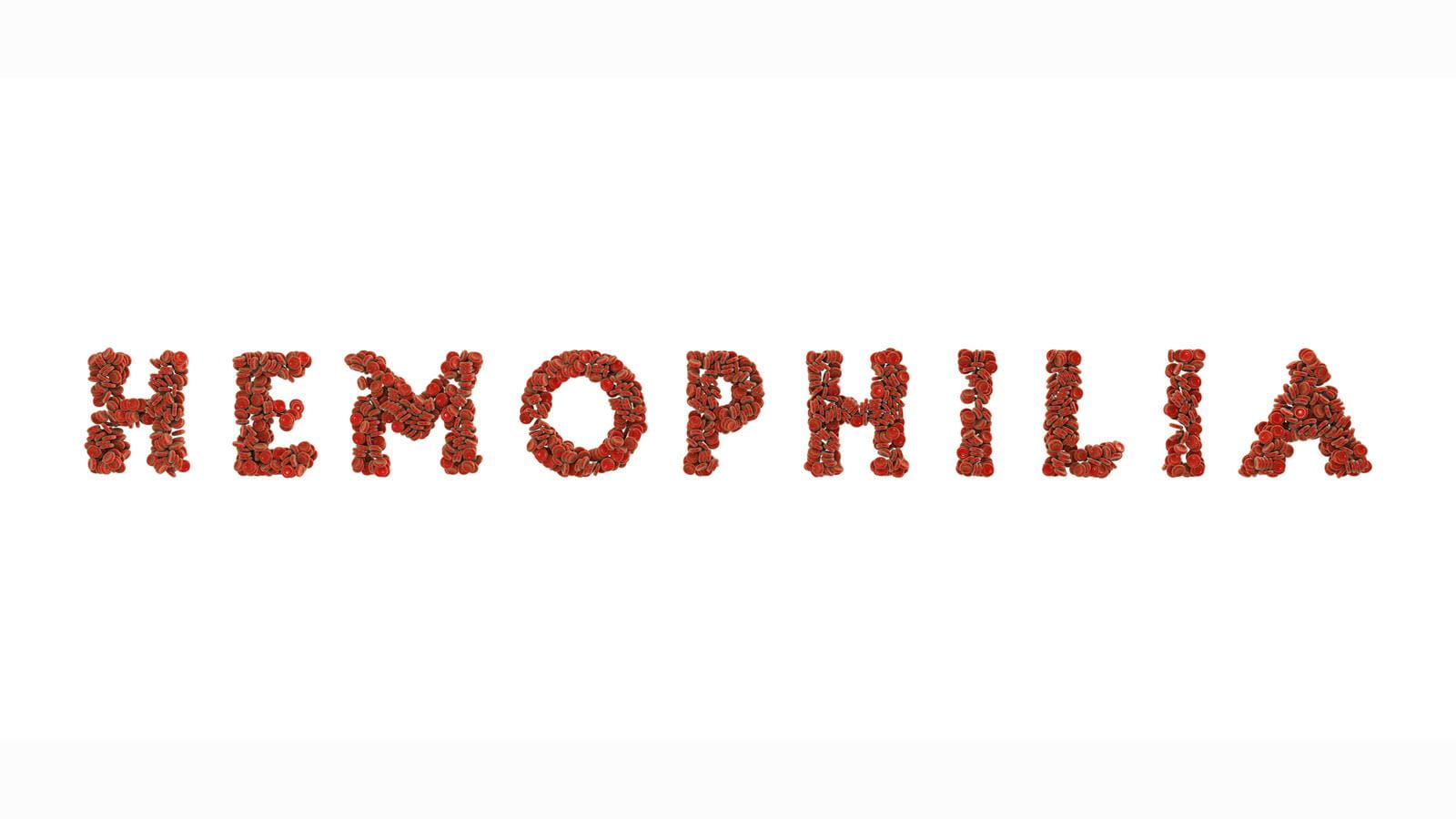Hemophilia A and hemophilia B are most often inherited bleeding disorders caused by deficiencies of clotting factors, the proteins necessary for coagulation – the process that stops bleeding.
In people who have hemophilia, genetic variations produce too little of the necessary clotting factor protein or produce a version of the protein that doesn’t work as it should to stop bleeding. Though severity varies among patients, people who have hemophilia are at risk of excessive bleeding after an injury or due to surgery.
What Is Hemophilia A?
Hemophilia A is a deficiency of clotting factor VIII.
What is Hemophilia B (Christmas Disease)?
Hemophilia B is a deficiency of clotting factor IX.
How are genes involved in hemophilia A and hemophilia B?
The National Library of Medicine (NLM) says that in hemophilia A, the F8 gene encodes clotting factor VIII, while the F9 gene contains the instructions for making factor IX.
What are symptoms of hemophilia A and hemophilia B?
Symptoms can be similar and include bruising; bleeding into joints, which causes stiffness, pain and mobility issues; and bleeding after procedures such as dental surgery. Hemophilia A is thought to be more clinically serious, according to research that compared the two.
Why are men and boys more affected by hemophilia?
According to the World Federation of Hemophilia (WFH), the genes for hemophilia A and B are on the X chromosome, which makes them more likely to impact men and boys. Males have only one X chromosome. Girls and women have two X chromosomes and usually the variant must be present in both copies of the gene to result in hemophilia.
What treatments are available?
In addition to clotting factor replacement therapy (factor VIII for hemophilia A and factor IX for hemophilia B), gene therapy is now a treatment option for some patients. Hemophilia B is a promising target for gene therapy because it is caused by a single gene mutation. Further, the gene that causes hemophilia B is both small in size and structurally simpler in comparison to other bleeding disorders, such as hemophilia A.
For people with hemophilia B, gene therapy targets liver cells, known as hepatocytes, where factor IX proteins are naturally made. By delivering a functional F9 gene straight to the liver, it enables a person to start creating their own factor IX proteins that are missing or not working and causing the disorder.
In hemophilia A, a functional F8 gene is delivered to the liver, allowing it to start creating the missing or nonworking factor VIII proteins that cause the disorder. However, the way gene therapy for hemophilia A works is slightly different, since FVIII is produced by different liver cells and tissues than those that produce FIX.
A shared decision making approach is recommended when considering gene therapy.
Which is more common – hemophilia A or hemophilia B?
Globally, more have hemophilia A than hemophilia B. The WFH's annual survey from 2020 found that out of 100,000 males born, 25 have hemophilia A and five have hemophilia B. In the United States, 12 in 100,000 males have hemophilia while only 3.7 out of 100,000 males have hemophilia B, according to the U.S. Centers for Disease Control (CDC).



